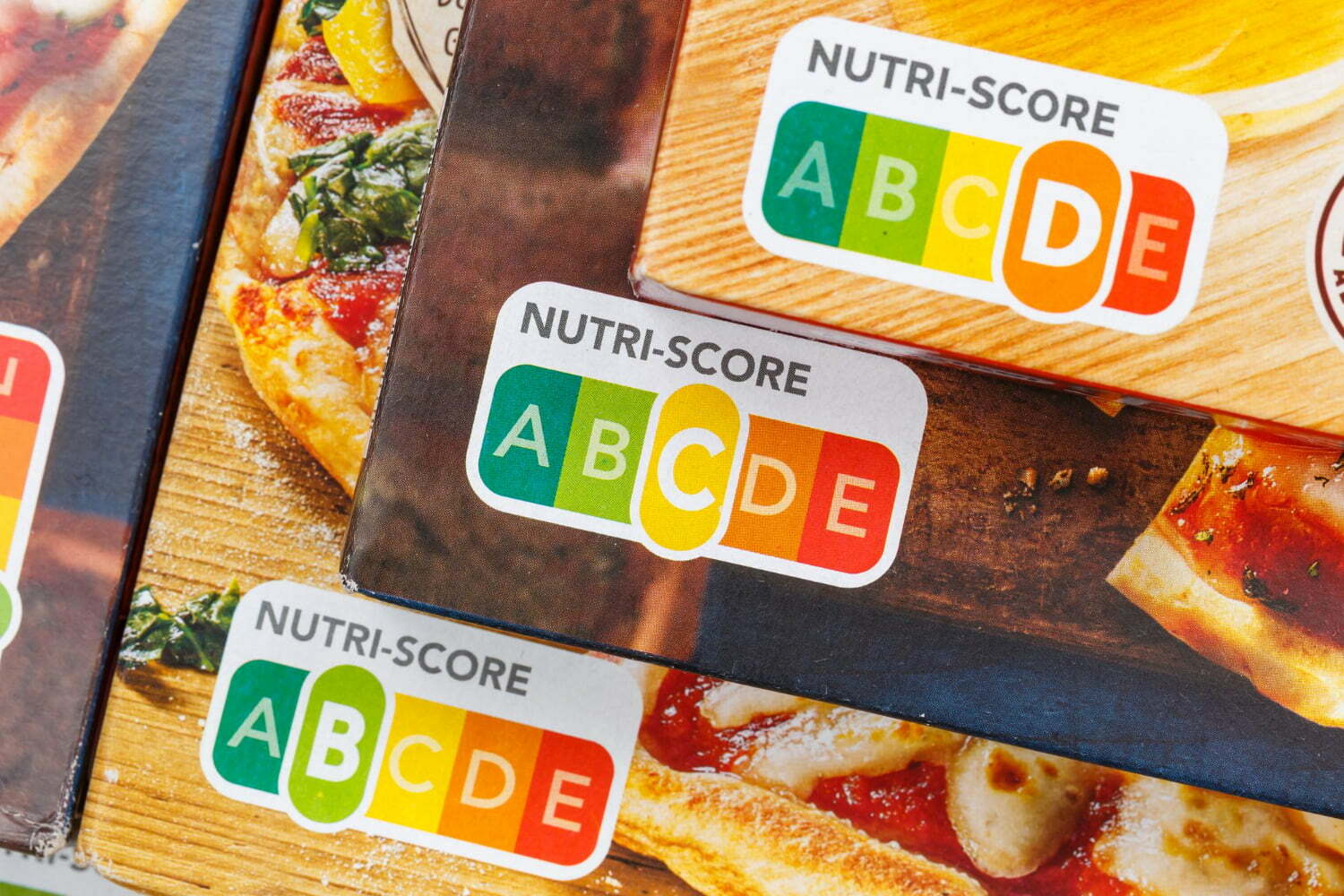If you’re like most consumers, you’ve probably glanced at the nutritional labels of the foods you buy, but do you really know what to look for?
Nutrition labels can be very confusing, but once you know how to read them, they can be a wealth of useful information to help you make informed dietary decisions.
serving size
Each food label on a food product indicates the serving size for which nutritional information is given, and this information can be very helpful in understanding the amount of nutrients you are consuming. If you eat a box of cookies, the serving size is two cookies, But if you’re eating four, that means you’re eating two servings of cookies, which can affect your calories, fat, and sugar.
Check the portion size to make sure you understand exactly what you’re eating, and use this information to plan your meals and snacks to maintain a balanced and healthy diet.
Calories
Calories are an essential part of nutrition labels, but there is much more to nutrition than just calories. In addition to providing energy, foods also contain essential nutrients such as protein, carbohydrates, fats, vitamins and minerals. They are essential for the growth, repair and maintenance of the health of your body.
You may be missing other important information about the nutritional quality of foods. One food may contain a large number of calories but is high in essential nutrients, while another food may contain fewer calories but is high in additives and unhealthy fats. .
If you are trying to lose weight, it is always helpful to compare the calories of different foods to help you make healthy choices. By watching your total calories, you can better control your weight and improve your overall health.
Fats
Fats are an essential component to consider when reading a nutrition label, distinguishing saturated fats from unsaturated fats. Saturated fats can contribute to health problems such as heart disease. Omega-3 and Omega-6 fatty acids are also important for your health, so be sure to look for foods which they contain, they are particularly important for heart health and have been linked to a reduced risk of heart disease.
Note that omega-3 fatty acids are not naturally produced by the body, so it is important to get them from foods such as fatty fish, nuts, and seeds. Omega-6 fatty acids are important for healthy skin and hair. Fat can also aid the absorption of fat-soluble vitamins, such as vitamins A and D. E, k, It is important to seek sources of healthy fats for a balanced diet and good health.
carbohydrates
They are an essential nutrient found on all food labels. Carbohydrates include sugars, fiber, and starches. Added sugars, which are often found in processed foods, can be harmful to your health if eaten in excess. Check the amount of sugars in each serving to avoid exceeding recommended amounts. .
Fiber is very important for digestion and can help prevent chronic diseases such as heart disease and diabetes. Foods high in fiber include fruits, vegetables, whole grains, and legumes. Consume a variety of high-fiber foods to maintain a healthy digestive system.
proteins
Protein is essential for building and repairing body tissues, and nutrition labels say how much protein is in each serving, so make sure you’re getting enough protein in your diet.
Vitamins and minerals
Nutrition labels also show the amount of vitamins and minerals in each serving. Vitamins and minerals are essential for many bodily functions and it is important to make sure you get enough nutrients from your diet.
The key to decoding nutrition labels is to take the time to read them carefully and understand what each ingredient means for your health. Once you master this, you can be sure to make informed dietary choices that will help you achieve your long-term health goals.

“Music guru. Incurable web practitioner. Thinker. Lifelong zombie junkie. Tv buff. Typical organizer. Evil beer scholar.”







More Stories
Quebec | Museum of National History on the ashes of blue spaces
Espace du Parvis becomes Parc des Pékans
Why do leafhoppers reflect little light?